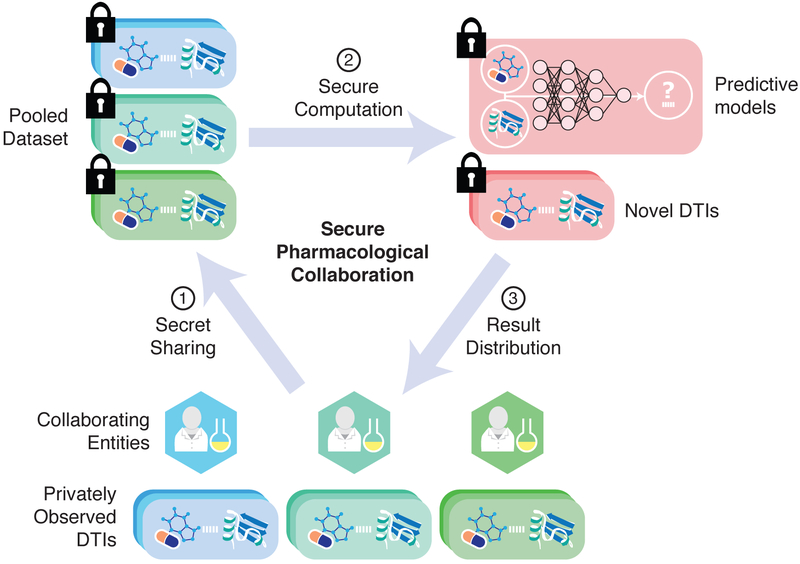Fig. 1. Secure pipeline for pharmacological collaboration.
Collaborating entities (e.g., pharmaceutical companies or research laboratories) have large private datasets of drug-target interactions (DTIs), as well as corresponding chemical structures and protein sequences. In our protocol, the entities first use secret sharing to pool their data in a way that reveals no information about the underlying drugs, targets, or interactions (Step 1). The collaborating entities then jointly execute a cryptographic protocol that trains a predictive model (e.g., a neural network) on the pooled dataset (Step 2). The final model can be made available to participating entities, or be used to distribute DTI predictions to participants in a way that encourages greater data sharing (Step 3).

